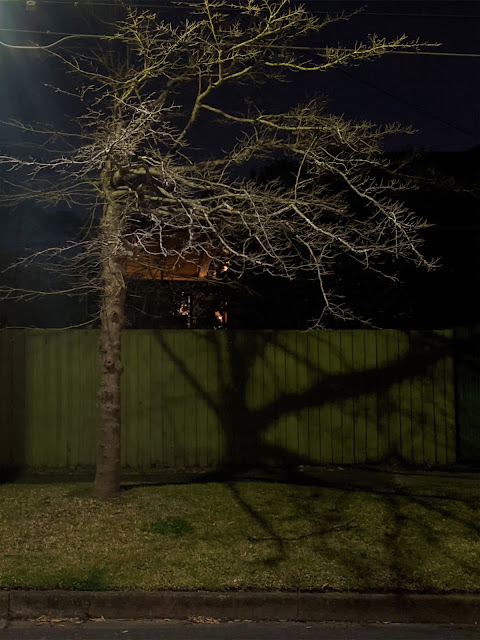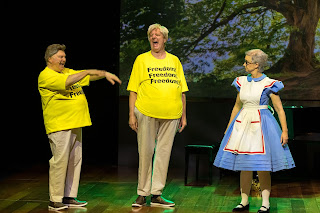Photography | Brian Rope
EVEN WHEN I’M SLEEPING | EMMA DOWDEN
CCAS Manuka | 20 Oct 2022 - 30 Oct 2022
If the exhibitor is not a photographer, but the accompanying text is by someone else who is, what’s the story here? Well, the explanation is what this exhibition is about - and it is an intriguing story.
Emma Dowden and Esther Carlin became good friends at university when Dowden was studying sculpture. After graduating they each went their separate ways, to separate cities, but remained friends and in contact via Zoom.
During those fabulous lockdown days, they commenced a project which led to this exhibition. Dowden’s friend taught her about photography as they connected with each other on screens. Conversation and friendship created Even When I’m Sleeping - just six photographic prints but accompanied by a delightful audio track that can be listened to through provided headphones or, better still, on your smart phone as you stand before each image. The audio can also be listened to again later as you contemplate the story you have seen and heard.
The text by Carlin is excellent and is best read whilst visiting the show - and reread later. Just pick up a copy on the gallery counter. Let me share just some snippets here.
Emma holds up the camera to the screen. Prints curling on the wall behind her. There’s a video of the birds on my desktop, the baby falcons before they have learnt to fly.
I am teaching her how to use a camera. Our lessons take place on Sunday afternoons on Zoom. In the beginning Emma professes to hate photography…..she is interested…..how it feels to take a photograph. I think ahh. We are getting somewhere.
I set exercises: tone, texture, colour, light, form. I think I don’t know much about photography, but I do. First love…..The exercises are a structure for looking. Emma is uncertain and that uncertainty is there in the images.
The photographs depict Dowden’s immediate environment, taken over a period of five weeks during lockdown. They are observations of the house she spent lockdown in, things that drew her attention on walks around the neighbourhood and self-portraits. The photographs are arranged in five groups, corresponding to the weeks of the project, so presenting a loose chronology. The text and audio annotate the images.
The audio reflects on Dowden’s relationship to the photographs and their subjects, and her explorations in photography during lockdown. Two other people come into the gallery whilst we are speaking. Sadly, they only look at the photographic prints. They do not listen to the audio, nor do they pick up copies of the text to read. They miss key elements of the exhibition.
 |
Emma Dowden – Tree, 2021-2022 |
 | ||
| Emma Dowden – Duck, 2021-2022 | (The back story is on the audio track at 0.52 min) |
Dowden was indeed fortunate to have a good friend teach her some of the key things about photography – particularly about the importance of looking. Looking and seeing tones and textures, colours and light and form.
Dowden told me she still does not think of herself as a photographer but confessed that she probably will do more photography in the future. I hope so. I hope we have the opportunity to see and hear something of that journey in the future.
This review was first published by The Canberra Times here. It is also available on the author's blog here.














.jpeg)
.jpeg)
.jpeg)
.jpeg)
.jpeg)












